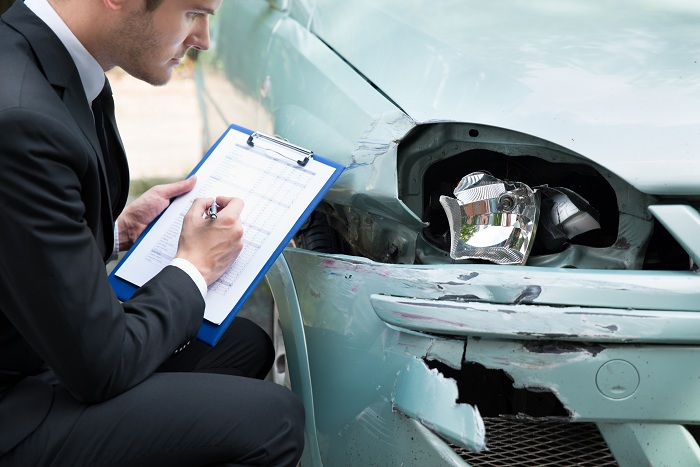The loss of the commodity value of a car under an insurance policy is the conditional value of the decrease in the market price of a vehicle, which was restored according to regulatory requirements immediately after damage compared to an undamaged car.
TCB for CTP
Simply put, we are talking about the difference between the price of a car that was in a road accident and a similar car that did not get into an accident. Issues related to the payment of insurance compensation due to loss of product value are currently provoking quite a lot of controversy. This is due to the fact that the number of claims against insurance companies from victims who seek damages has increased significantly. TCB is established on a legislative basis, and drivers are required to familiarize themselves with this topic, so they have the opportunity to independently monitor compliance with all rights. About how to get the TCB insurance, is described in detail below.

Statement
In the insurance company, such a document as an application for TCB under CTP must be compiled. It is submitted for registration to the office of the insurance institution in duplicate. The first, which is certified, goes to the management for consideration, and the second is given to the applicant. Usually they make a statement of claim, since the procedure for reimbursing TCB is not yet fully developed. Thus, not all insurers will rush to immediately satisfy the relevant requests. In order to solve the problem, it is important to learn about how to correctly fill out an application for insurance on TCB under OSAGO.
What does the document consist of?
The document should include the following points:
- The name of the court.
- Information about the insurance company that is the defendant.
- Details of the client institution as a plaintiff.
- Information about the culprit of the accident, acting as a third party. The price of the claim with the size of the state fee. Description of the incident and nature of the damage. It is required to indicate that the plaintiff acts as a client of the insurer, this is confirmed by the current OSAGO.
- Description of the fact of applying for payments to the insurer. The articles of law indicate the right of the insured to receive payment of TCB.
- Reporting documentation of an independent examination, which indicates the amount of TCB. The price of the claim is unpaid TCB funds.
After this, the request itself is described, it must be stated on the following points: the amount of TCB, legal costs, state duty, which was paid by the plaintiff. Next, all the documents that are attached to the application are listed. At the end of the paper must put the date of compilation with the signature of the plaintiff.
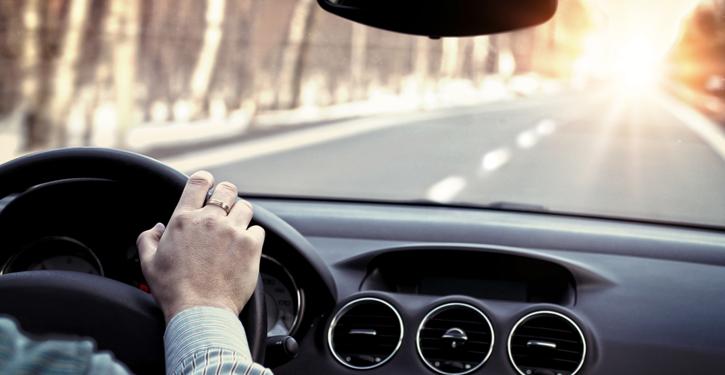
Sample Application
There is no strict sample application for TCB under OSAGO. Insurance companies issue blank forms. In them, citizens in arbitrary form may indicate requirements for payment.
In a statement, experts recommend referring to legislation, for example, the law on compulsory motor liability insurance. TCB in this case can be paid as soon as possible. You can also refer to the plenums of the Supreme Court, court decisions of recent years and the like.
As the judicial practice on TCB demonstrates, OSAGO plays an important role here, and well-formed claims eliminate the need for further appeals to the courts. This is because insurance companies, after receiving such complaints, are aware of the inevitability of subsequent proceedings and are trying to resolve claims in pre-trial procedure. Next, we’ll talk about what papers to collect.
What documents are submitted with the application?
In this case, it is necessary to have the originals of identification documents with you to present and attach the following:
- Copy of passport.
- Copy of driver’s license.
- MTPL policy or the contract itself.
- A copy of the application and claim that the plaintiff filed earlier as part of the pre-trial settlement.
- Payment documents proving payment of state duty.
- Car passport along with registration certificate, inspection ticket or diagnostic card.
- Documentation from the traffic police. This is a copy of a certificate of accident, a resolution or refusal to initiate proceedings within the framework of administrative responsibility designation and protocol.
- Copies of the accident report.
- Act of insurance event.
- Independent examination documentation regarding the real cost of car repairs.
- Inspection certificate by an expert appraiser.
- Reporting on the size of TCB from independent experts.
- The contract that was drawn up between the plaintiff and the expert appraiser.
It is necessary to submit the original claim and several copies, the number of which should correspond to the number of participants mentioned in the application.
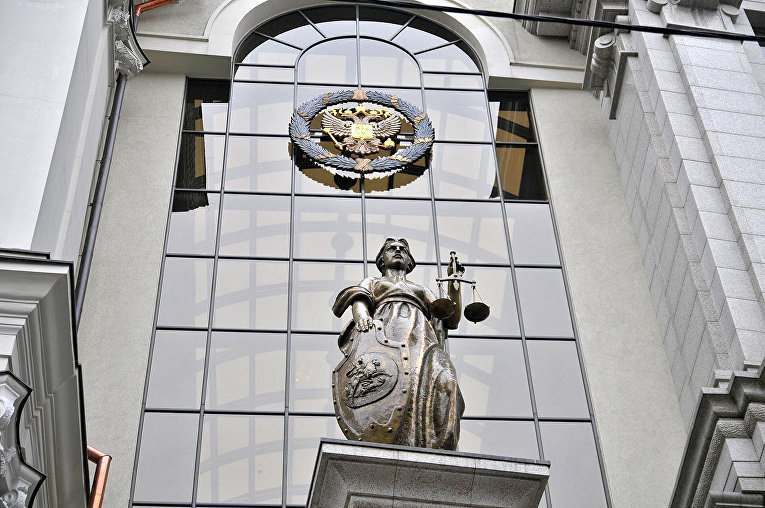
What does the law say?
According to the legislation, the insured person must receive compensation for the actual damage caused. Despite the fact that the very wording “loss of commodity value” itself is not specified in the law, it is nevertheless considered a loss and therefore is subject to compensation. By a resolution of the Plenum of the Supreme Court of the Russian Federation, this damage should always be added to insurance payments.
How to calculate this indicator?
There are several different methods for calculating this category:
- Technique of the Ministry of Justice.
- Habelwax method.
Often, the first option is used, due to the fact that in the case of the appointment of an expert judgment, experts use this particular technique. In view of the prevailing judicial practice, pre-trial settlement of TCB began to be carried out according to the method of the Ministry of Justice, so that citizens would not be surprised at the significant difference between pre-trial examination and that carried out by definition of the authority. It should be noted that the difference in the amounts will always occur due to the use of different schemes for calculating TCB in compulsory motor liability insurance.
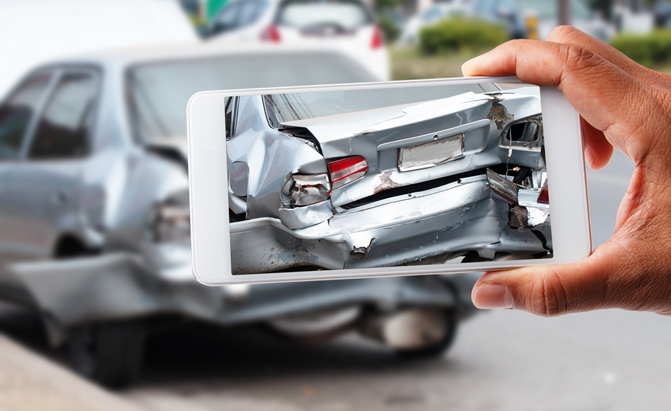
What affects the loss of product value?
According to the Ministry of Justice, the size of the loss is affected, as a rule, by two factors:
- The price of the car. The higher the cost of the car, the higher the size of the vehicle, since this value is determined as a percentage of the cost of transport.
- The degree of damage to the vehicle. Each damaged part of the car has its own coefficient. Their amount determines the percentage of the cost of the car.
Basic principles of the Ministry of Justice
Calculation of TCB may not be carried out for each vehicle. The scheme of the Ministry of Justice indicates the restrictions under which the loss of value cannot be calculated:
- The age of the car exceeds five years.
- Operational depreciation exceeds thirty-five percent.
The loss of commodity value is calculated in the event that the need for one or more repair actions is determined from the following list of similar works:
- Carrying out full or partial painting of the outer surface of the body, bumpers.
- Repair of individual (fixed or removable) body elements.
- Perform replacement of non-removable parts.
- Elimination of skew along with complete disassembly of the cabin, causing a violation of the build quality at the factory.
TCBs are not calculated when painting exterior small surfaces (mirror housing, moldings, handles, cladding, linings, and other small exterior elements), as well as when replacing items that are supplied painted (except for cases of repainting).

Compensation for TCB what is it?
Insurance organizations try to ignore additional compensation in every possible way and try to play on general ignorance.It is in connection with this that few people know that it is possible to reimburse TCB under compulsory motor liability insurance, how it is paid and what it is. The fact that the loss of value is subject to compensation according to the rules of compulsory insurance is established by the Resolution of the Presidium of the Supreme Arbitration Court. Therefore, subject to all the necessary conditions, a person has the full right to demand compensation from the insurer for additional losses. The following measures should be taken:
- Assess the appropriateness of your requirements (compare the difference in the cost of broken cars of your brand with the same, but intact).
- Prepare two copies of the aforementioned TCB application.
- Apply with this paper to the insurance, leaving yourself one copy marked with an admission.
- In case of refusal or disagreement with the amount of compensation, they turn to an independent expert for the purpose of evaluating and calculating TCB.
- Having collected the required package of documents, together with the car dealer file a lawsuit (court costs will be borne by the loser).
Judicial practice, as a rule, is on the side of the car owner, so the issue of compensation is often resolved even without this measure. Knowing how it is possible to recover TCB under compulsory motor third-party liability insurance, it is enough for the insurer to make it clear that a citizen is ready to assert his rights.
TCB: in what cases is it paid?
The reduced commodity cost of a car involved in a car accident can only be paid if broken and damaged parts significantly spoil its appearance, making it difficult to use four-wheeled vehicles. There are some rules that are as follows:
- As part of the accrual of TCB for compulsory motor third-party liability insurance for a domestic-made machine, wear should be no more than forty percent. In this case, the age of the car should be three years, and the mileage can not exceed fifty thousand kilometers.
- When calculating the TCB for foreign cars, their wear should also not exceed forty percent, and by age such cars are allowed to be examined no older than five years with a mileage not exceeding 100 thousand kilometers.
- The machine in the entire history of its existence should not have an accident even once, only then the TCB will be taken into account.
- Foreign cars for which the warranty period has expired, can not qualify for payments in the same way as foreign buses, whose age is more than five years.
- Not all insurance companies pay attention to mileage, but still, it is worth considering this option before sending an application for payment of TCB.
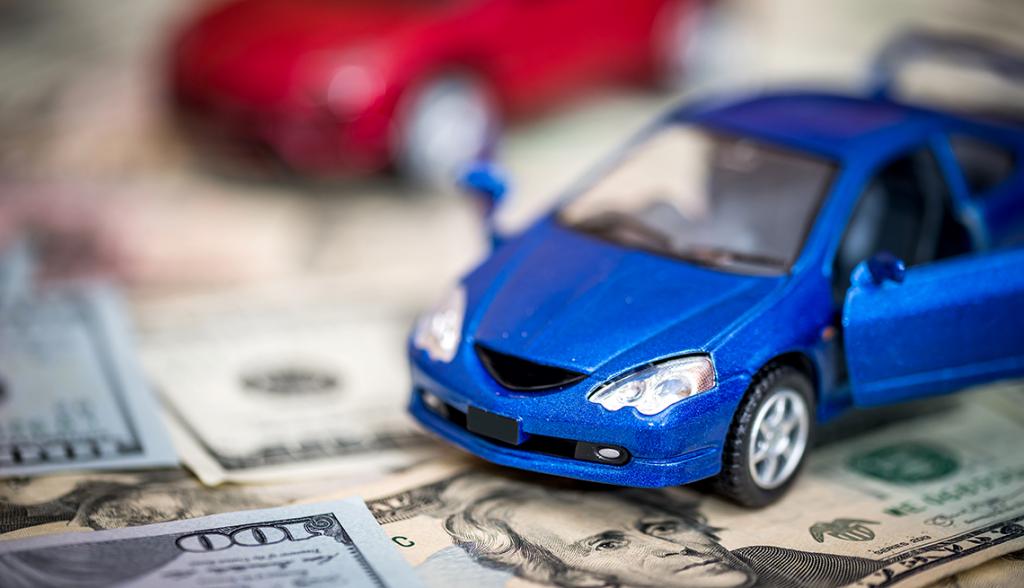
Keep in mind the terms of the contract. If there is a clause in it that says that the insurer has the right to refuse to pay TCB under compulsory motor liability insurance, then no judicial authority will take the side of the car owner. The fact is that the terms of the agreement, which were originally concluded, act as the primary base on which the court will rely when considering the case.
TCB for compulsory motor liability insurance: what are the features of judicial practice
Most claims in judicial practice are satisfied directly in favor of claims on insurers to pay TCB. But there are also negative results. This may be due to incorrectly completed documentation, abuse in the amount and for other reasons that the court may consider unauthorized by the applicants. In such situations, insurance companies win, and not their clients.
Therefore, there is no certainty that the car's TCB can be reimbursed through an insurance institution. In judicial practice, it happened that the courts granted the request, justifying the decision by the Supreme Court ruling. In this case, the main role is played by the compliance of the machine with all parameters according to the TCB accrual rule. When the car is too old, then file a lawsuit against the perpetrators of the accident.
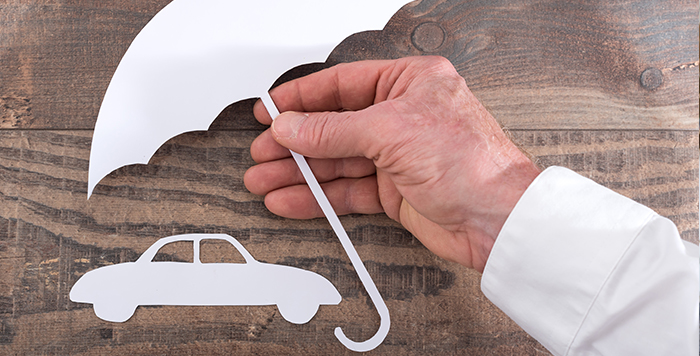
It is possible that the court will oblige the culprit of the accident to pay the amount of loss in the value of the victim’s car.As a result, it turns out that the insurance company must pay compensation for lowering the real price of the vehicle under the insurance policy. True, TCB after an accident will be refunded only when certain conditions are met. It is also worth considering that if in the agreement between the victim and the insurance company there is a direct indication of the refusal to pay TCB under compulsory motor liability insurance, the court will side with the insurance company.
